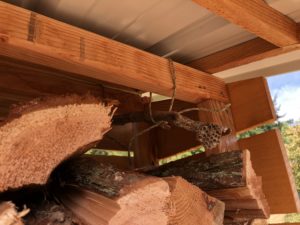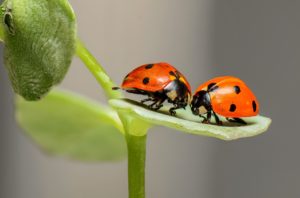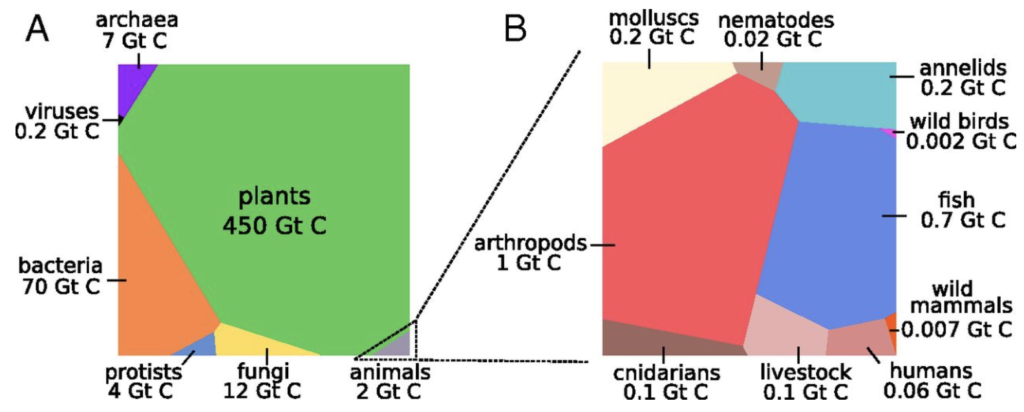Having just ticked over a new year, it’s a fitting moment to think about time. I have often compared modernity to a fireworks show—dazzling, short, then over—and indeed we often celebrate the New Year with a fireworks display. Perhaps lasting 10 minutes, the display occupies one fifty-thousandth of the year. This is like the past 50 years of explosive impact relative to the 2.5–3 million years of humans on Earth, or our 10,000 year agricultural period compared to the time since a different explosion: the Cambrian. Our current ways are indeed as transient as a fireworks show, also marking a sort of culmination of a long era. But let’s approach temporal perspective from a different angle.
Growing up, I thought of World War II as ancient history: long before my time. But now, I have lived more than twice the span that separated WWII from my birth in 1970. Only 25 years elapsed between the end of WWII and 1970, while we’re presently 54 years away from 1970. 25 years, I now realize, is nothing! When I was born, WWII was still fresh in the minds of many who had lived through it. Indeed, both my grandfathers fought in WWII, carrying the physical and psychological scars to prove it. To my grandfathers at the time of my birth, WWII seemed like “only yesterday,” as 1999 seems to me now.
A related trick is to keep track of the date that was as distant from your birth as you are today. In other words, the year in which your anti-self who lives backward in time would find themselves. For instance, I was born at the beginning of 1970 (which also happens to be the start of Unix time), and therefore find myself about 54 years from my birth date. Thus 54 years prior to my birth date is 1916, smack into the middle of the first World War. I can probably expect my backward self to make it past the turn of the century, before the fireworks show of modern life really got underway: before airplanes, for instance.
But the main point of this post is that the past, and all “history” isn’t really that far back. We’ll play a game based on the question: who was the oldest person alive when the oldest person today was born, and likewise back to the more distant past.
Hits: 1922











